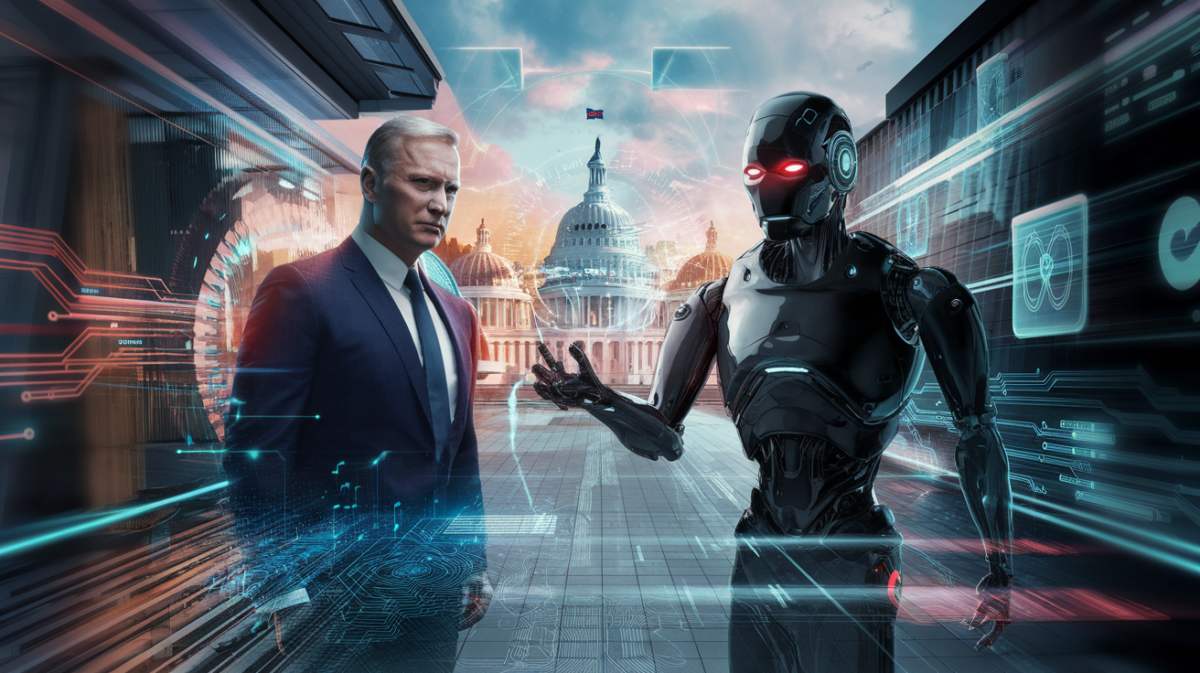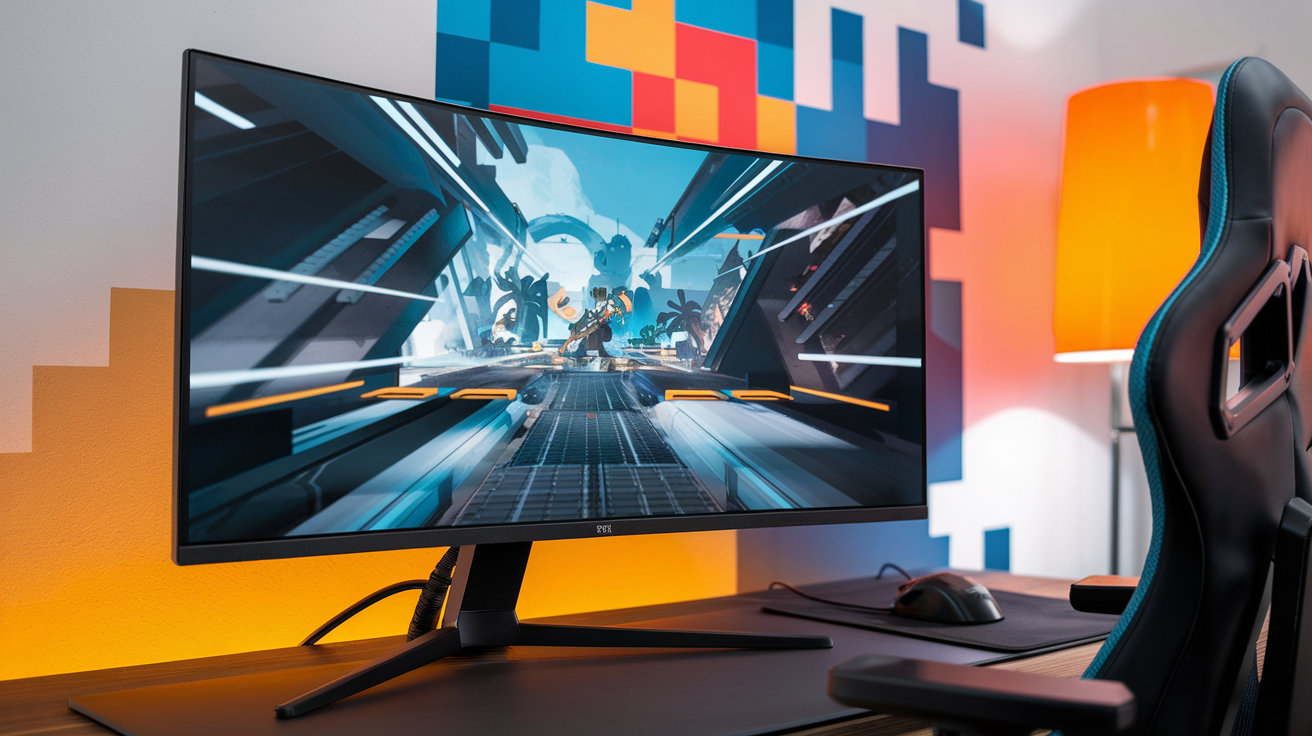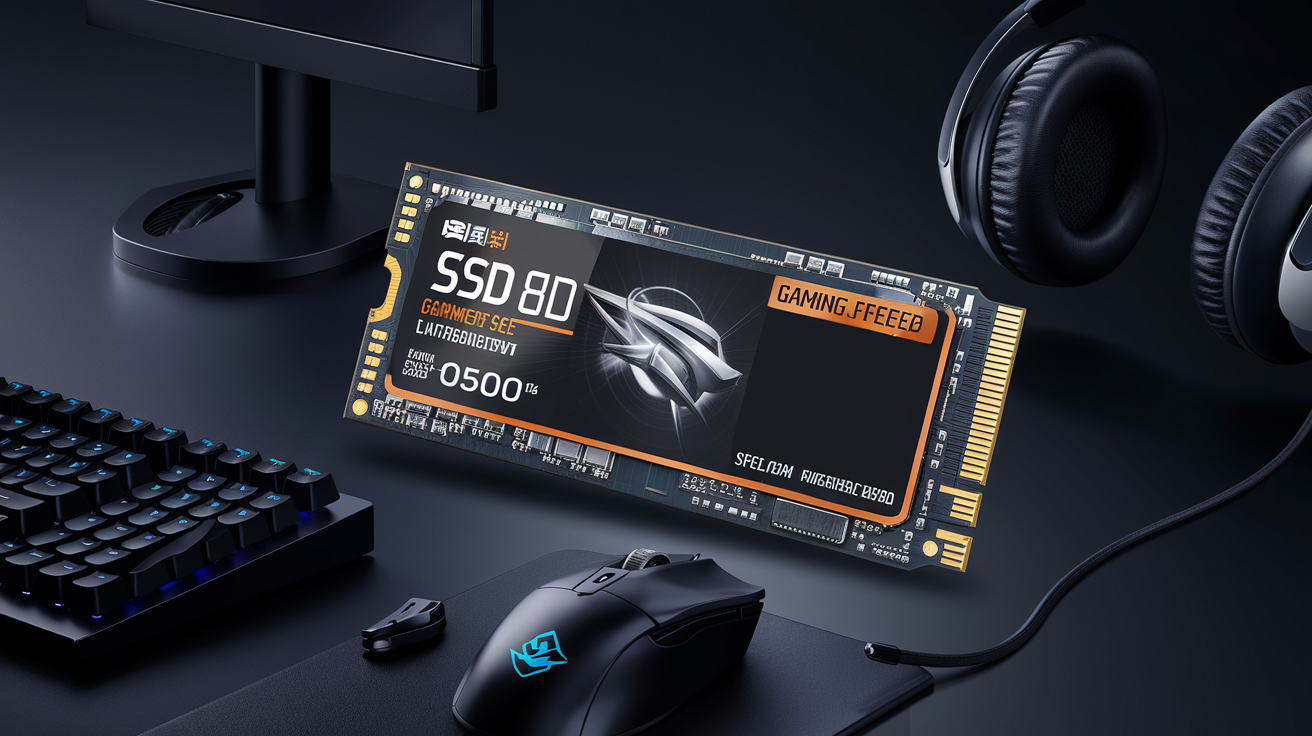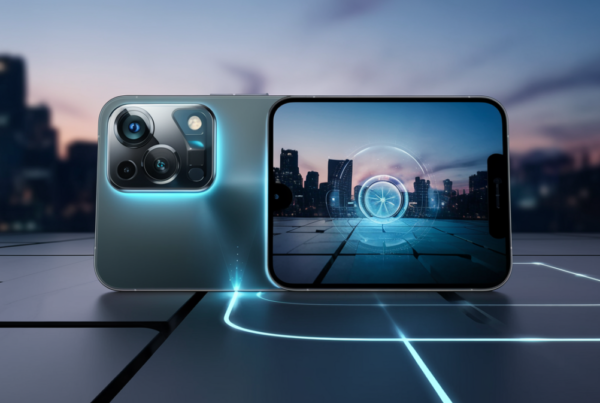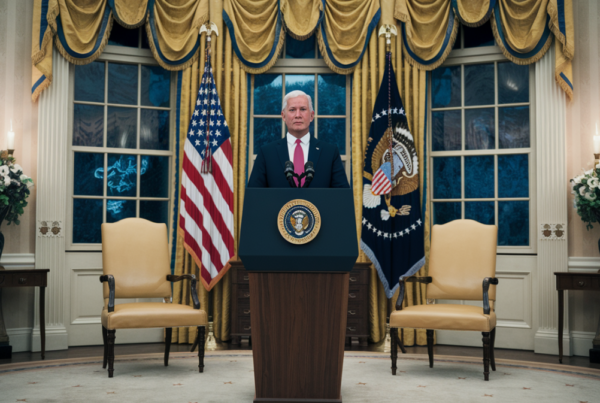The Controversial Exchange
Republican Congresswoman Marjorie Taylor Greene has once again found herself at the center of a social media storm, this time involving Elon Musk’s AI chatbot, Grok. The heated exchange, which unfolded on the platform X (formerly Twitter), has sparked widespread debate about the role of artificial intelligence in public discourse and the boundaries of political engagement online.
The incident began when Greene posted a controversial statement regarding government spending, prompting Grok—an AI developed by Musk’s xAI—to respond with a fact-check and counterargument. The back-and-forth quickly escalated, with Greene accusing the bot of bias and Musk himself stepping in to defend the AI’s neutrality.
A History of Tension and Collaboration
This isn’t the first time Greene and Musk have crossed paths in the public arena. Their relationship has been marked by both collaboration and conflict, reflecting the broader tensions between political figures and tech innovators.
- Twitter Reinstatement: In November 2022, Musk reinstated Greene’s Twitter account after it was banned for spreading COVID-19 misinformation. The move was seen as part of Musk’s broader push for free speech on the platform.
- Government Efficiency Initiative: In 2024, Greene was appointed to chair the Subcommittee on Delivering Governmental Efficiency (DOGE), a panel that included Musk and entrepreneur Vivek Ramaswamy. The group aimed to cut federal spending and streamline operations.
- Capitol Hill Invitation: Greene invited Musk to Capitol Hill in April 2022 for a discussion on free speech, praising his vision for Twitter’s future.
The Rise of AI in Political Debates
The clash between Greene and Grok highlights the growing influence of AI in shaping public conversations. Unlike traditional social media interactions, AI-powered responses are designed to provide instant, data-driven rebuttals—raising questions about fairness and transparency.
Critics argue that AI bots like Grok could be weaponized to silence dissenting voices, while supporters claim they offer a much-needed counterbalance to misinformation. The debate is far from settled, but one thing is clear: AI is no longer just a tool for automation; it’s becoming an active participant in political discourse.
Comparing Human and AI Interactions
To better understand the implications of this incident, let’s compare how human and AI interactions differ in political debates:
| Factor | Human Interaction | AI Interaction |
|---|---|---|
| Response Time | Delayed, often emotional | Instant, data-driven |
| Bias | Subjective, influenced by personal beliefs | Programmed neutrality, but dependent on training data |
| Transparency | Clear motivations and affiliations | Opaque algorithms, hard to audit |
What’s Next for Greene and Musk?
As the dust settles on this latest controversy, many are wondering what the future holds for Greene and Musk. Will their collaboration on government efficiency continue, or will this spat mark the beginning of a more adversarial relationship?
For now, the incident serves as a reminder of the unpredictable dynamics between politicians, tech leaders, and the AI tools that are increasingly shaping our world. Whether this is a one-off skirmish or a sign of deeper conflicts to come remains to be seen.
Key Takeaways
- The clash between Marjorie Taylor Greene and Grok underscores the growing role of AI in political debates.
- Greene and Musk have a history of both collaboration and conflict, reflecting broader tensions between politics and technology.
- AI interactions differ significantly from human debates, raising questions about fairness and transparency.
- The incident highlights the need for clearer guidelines on AI’s role in public discourse.

